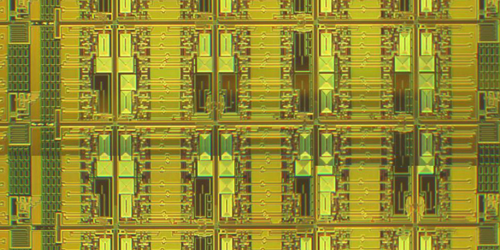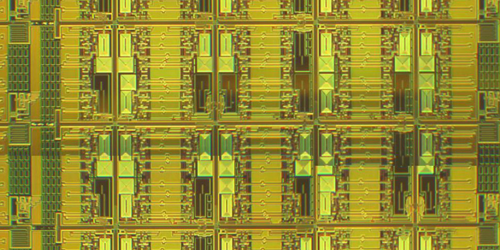Making Hard Problems for Quantum Computers
The desire for quantum computers stems from their potential to solve certain hard problems faster than classical computers. But those bragging rights haven’t actually been earned yet, as no experiment has shown this presumed speedup. Researchers from the University of Southern California, Los Angeles, and the Complutense University of Madrid, Spain, have devised an algorithm that generates extra hard problems that could offer quantum computers the chance to prove their worth.
The problems that the team focused on belong to the general class of optimization problems. The main example is the Ising model, which describes the interaction of a large number of spins within a lattice. The goal is to find the ground state, which is the orientation of spins that minimizes the interaction energy. The problem is computationally hard because there are many local minima (pseudo-ground-states) that can fool a search algorithm.
Quantum computers—specifically so-called quantum annealers—offer promise for efficiently solving the Ising model and other optimization problems by using quantum superposition to sample all possible minima simultaneously. To test this potential, researchers have randomly generated Ising-type problems tailored to the size of current quantum annealers, such as the 512-qubit D-Wave Two processor. Unfortunately, for this relatively small size, quantum annealers do not show a significant improvement over classical counterparts. In the new study, the researchers propose a way of identifying harder problems so that differences become starker. They have devised an algorithm that starts with a random Ising-type problem and then optimizes the hardness, which is defined by the solution time for a classical computer. The team showed that they could increase the hardness by more than 2 orders of magnitude.
This research is published in Physical Review A.
–Michael Schirber
Michael Schirber is a Corresponding Editor for Physics based in Lyon, France.





